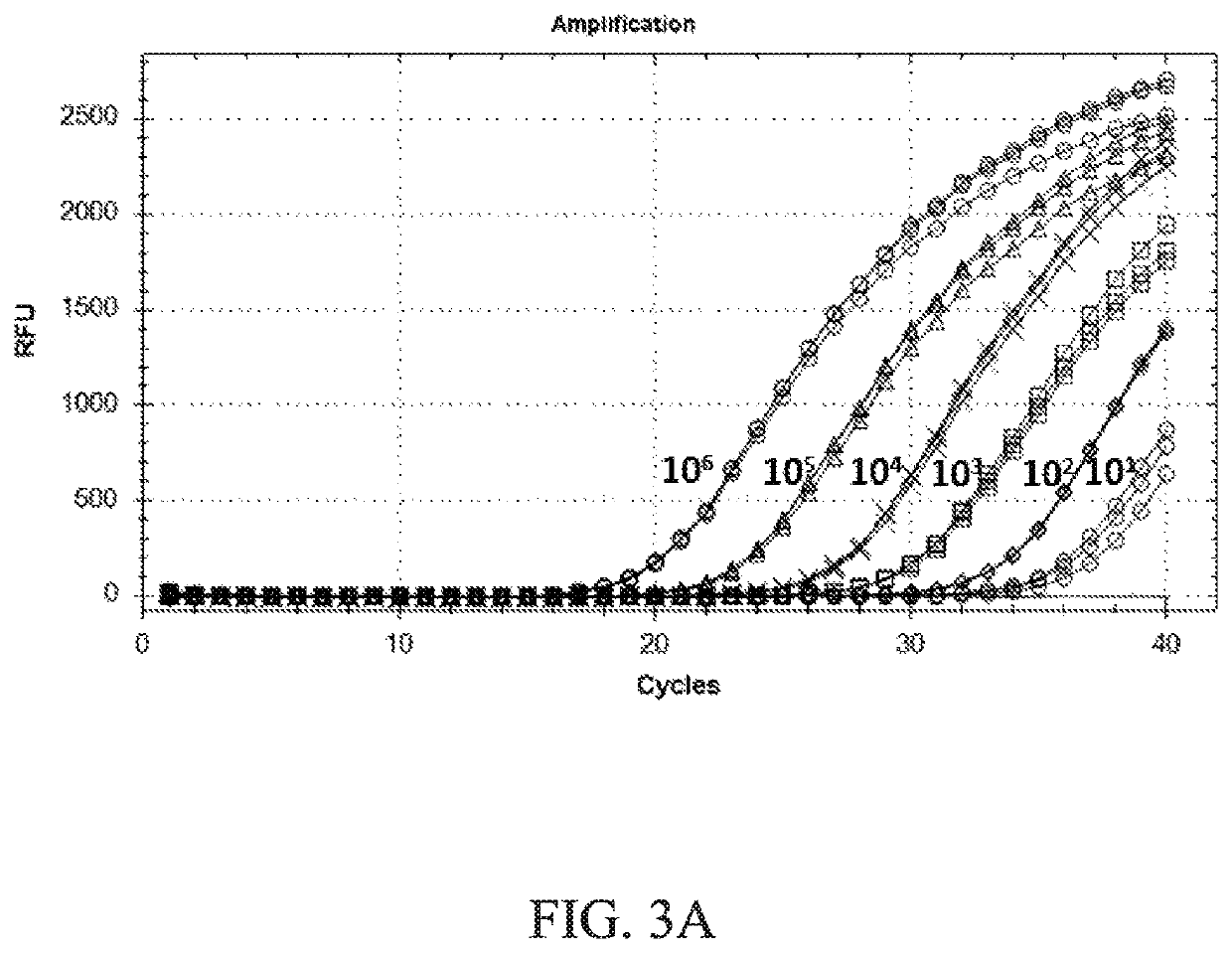Primer pair, kit and method for detecting Ehrlichia canis
a technology of ehrlichia canis and primers, applied in the field of quick diagnosis of ehrlichia canis, can solve the problems of further complicating therapy, difficult diagnosis, and death from massive hemorrhage, and achieve the effect of rapid and accurate diagnosis, high specificity, and high sensitivity
- Summary
- Abstract
- Description
- Claims
- Application Information
AI Technical Summary
Benefits of technology
Problems solved by technology
Method used
Image
Examples
Embodiment Construction
[0021]The present invention will now be described more specifically with reference to the following embodiments. It is to be noted that the following descriptions of preferred embodiments of this invention are presented herein for purpose of illustration and description only; it is not intended to be exhaustive or to be limited to the precise form disclosed.
[0022]The present invention utilizes real-time polymerase chain reaction (Real-time PCR), also called quantitative polymerase chain reaction (Q-PCR), with probe-based detection for detecting Ehrlichia canis. In Real-time PCR, the specific forward and reverse primers and probe hybridize to the DNA target of Ehrlichia canis, wherein the probe is labeled with a 5′-reporter dye and a 3′-quencher. During PCR amplification, the probe is cleaved and the reporter dye and quencher are separated, so that the resulting increase in fluorescence can be detected. In an embodiment, the reporter dye is FAM fluorescence, and the quencher is BHQ1 ...
PUM
| Property | Measurement | Unit |
|---|---|---|
| total volume | aaaaa | aaaaa |
| total volume | aaaaa | aaaaa |
| intracellular structure | aaaaa | aaaaa |
Abstract
Description
Claims
Application Information
 Login to View More
Login to View More - R&D
- Intellectual Property
- Life Sciences
- Materials
- Tech Scout
- Unparalleled Data Quality
- Higher Quality Content
- 60% Fewer Hallucinations
Browse by: Latest US Patents, China's latest patents, Technical Efficacy Thesaurus, Application Domain, Technology Topic, Popular Technical Reports.
© 2025 PatSnap. All rights reserved.Legal|Privacy policy|Modern Slavery Act Transparency Statement|Sitemap|About US| Contact US: help@patsnap.com



